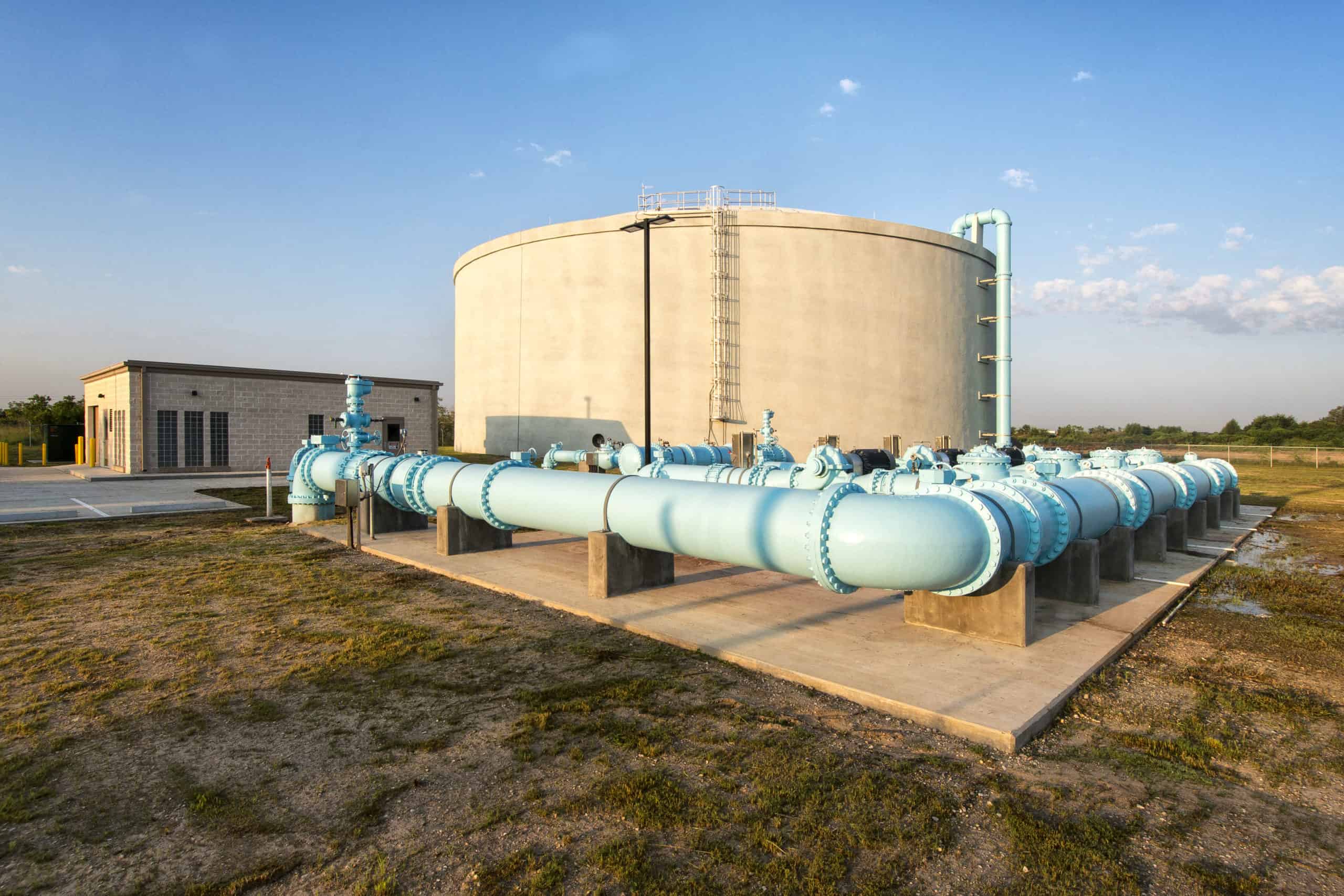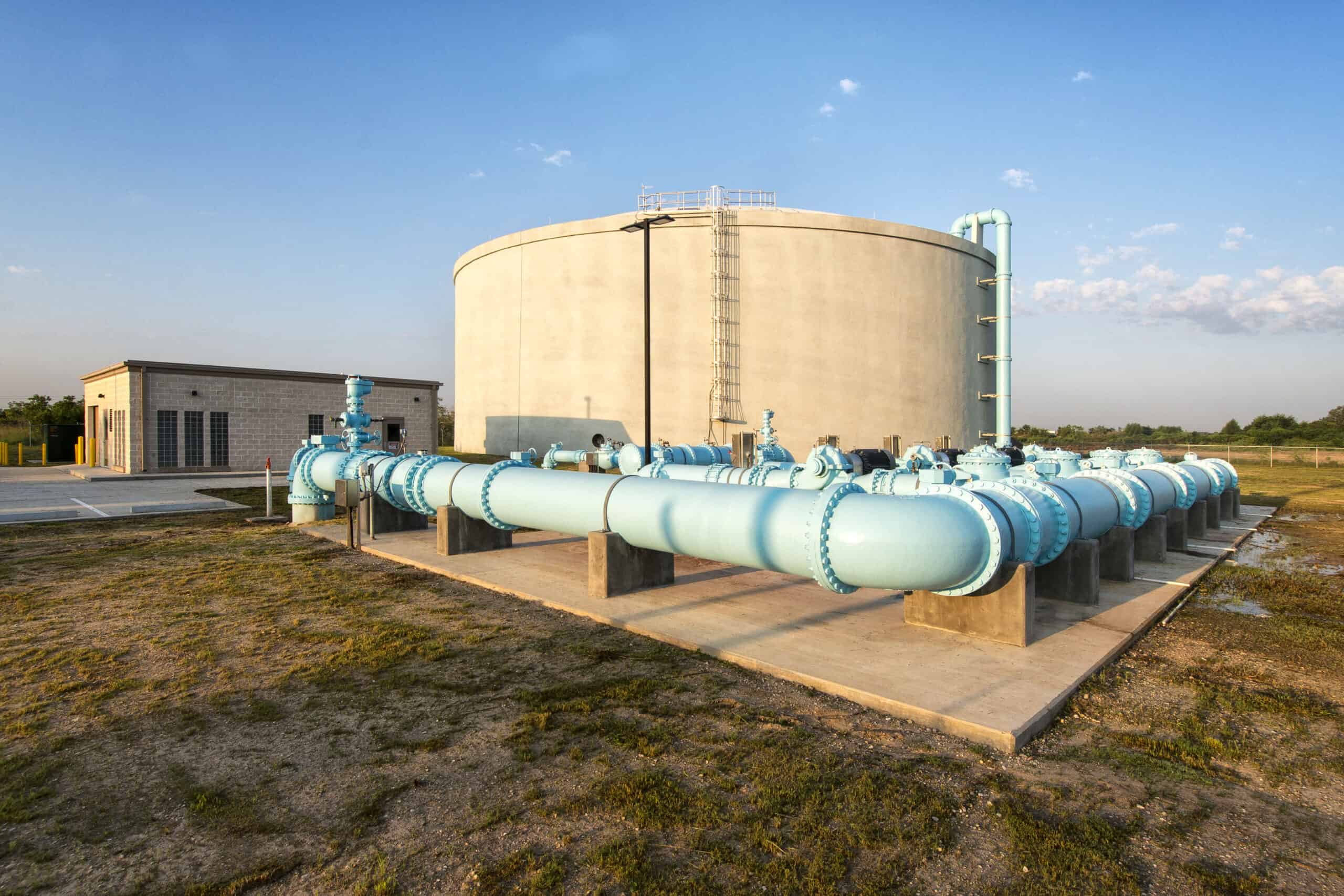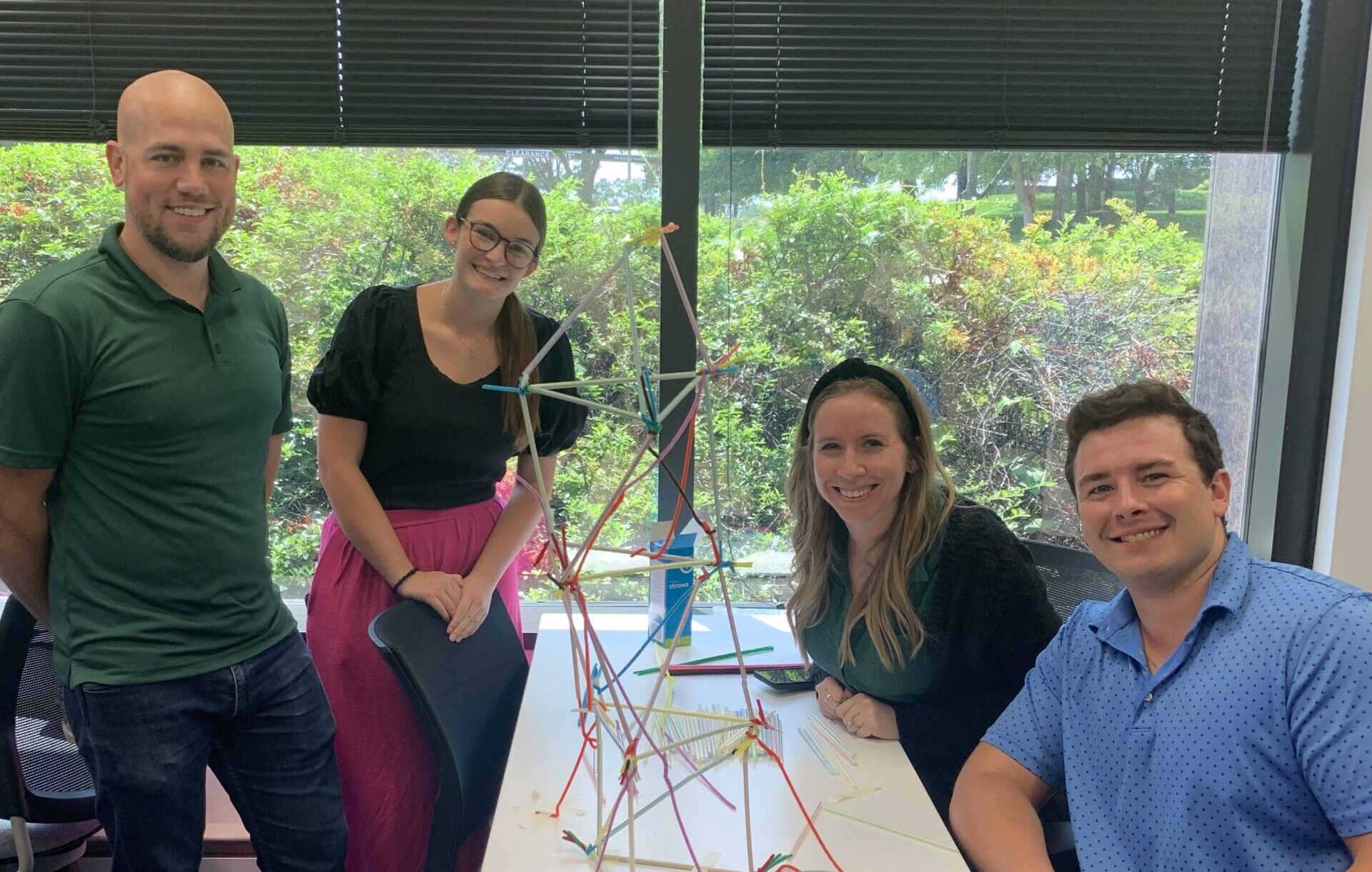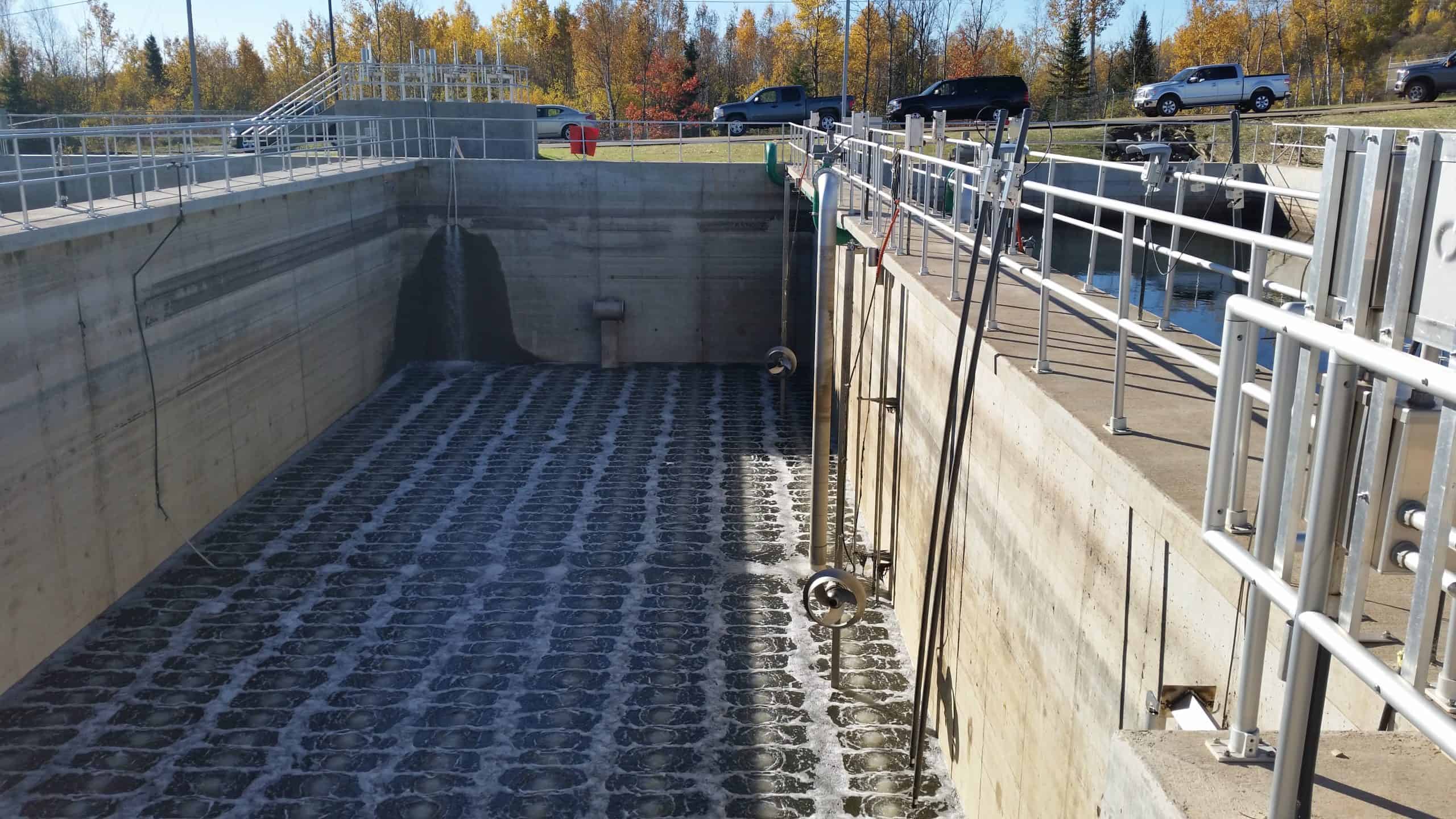
Monitoring Manganese Levels in Drinking Water is Vital for Community Well-being


Manganese Guidelines
There are currently no enforceable federal drinking water standards for manganese; however, it is likely that regulations are under consideration. The EPA has a secondary standard of 0.05 mg/L, a standard established to address issues of aesthetics such as discoloration, which causes noticeable staining, and taste complaints. No measures are in place to address health concerns.
Health Risks
The EPA recommends that infants up to six months of age should not consume water, or formula made with water, with manganese concentrations higher than 0.3 mg/L for more than a total of 10 days per year. The EPA also recommends that people not ingest water with manganese concentrations higher than 1 mg/L for more than a total of 10 days per year. Long-term exposure can cause impacts to people’s nervous systems resulting in behavioral changes and movement issues. The elderly, young children, and pregnant women are especially vulnerable. Young children exposed to high levels of manganese have been shown to experience hyperactivity, Attention Deficit Disorder, Pervasive Development Disorder, and memory and brain development issues.
Impacts on Water Distribution Systems
Managing safe levels of manganese in drinking water is an essential step in preserving the valuable assets in a water distribution system. Manganese deposits can build up in various components in a community’s water distributions systems and residents’ water heaters and softeners, reducing the pressure in those systems. The benefits associated with treating manganese in drinking water significantly offset the long-term repair and rehabilitation costs needed to clear up the mineral deposits.
High manganese levels pose a problem for both utilities and a community’s constituents. Controlling manganese levels can help protect the health of the water system users and increase the lifespan of the water distribution system. If you are concerned about the levels of manganese in your community’s drinking water system, consider lab testing and an evaluation of the distribution system. While every water system is unique, a combination of oxidation and filtration methods may help alleviate high manganese levels in your drinking water. However, you may need to consult with a water system professional to determine the best solution. Seeking a professional evaluation can help your community prepare for upcoming regulations and identify the best approach and cost-effective methods for treatment.
Subscribe to HR Green Insights
We're dedicated to providing up-to-date knowledge and insights about the topics that matter most to you. We know how busy you are, so we will keep this simple, covering just one topic per email. Once you've subscribed, you can easily customize your preferences to receive only the updates relevant to you.



